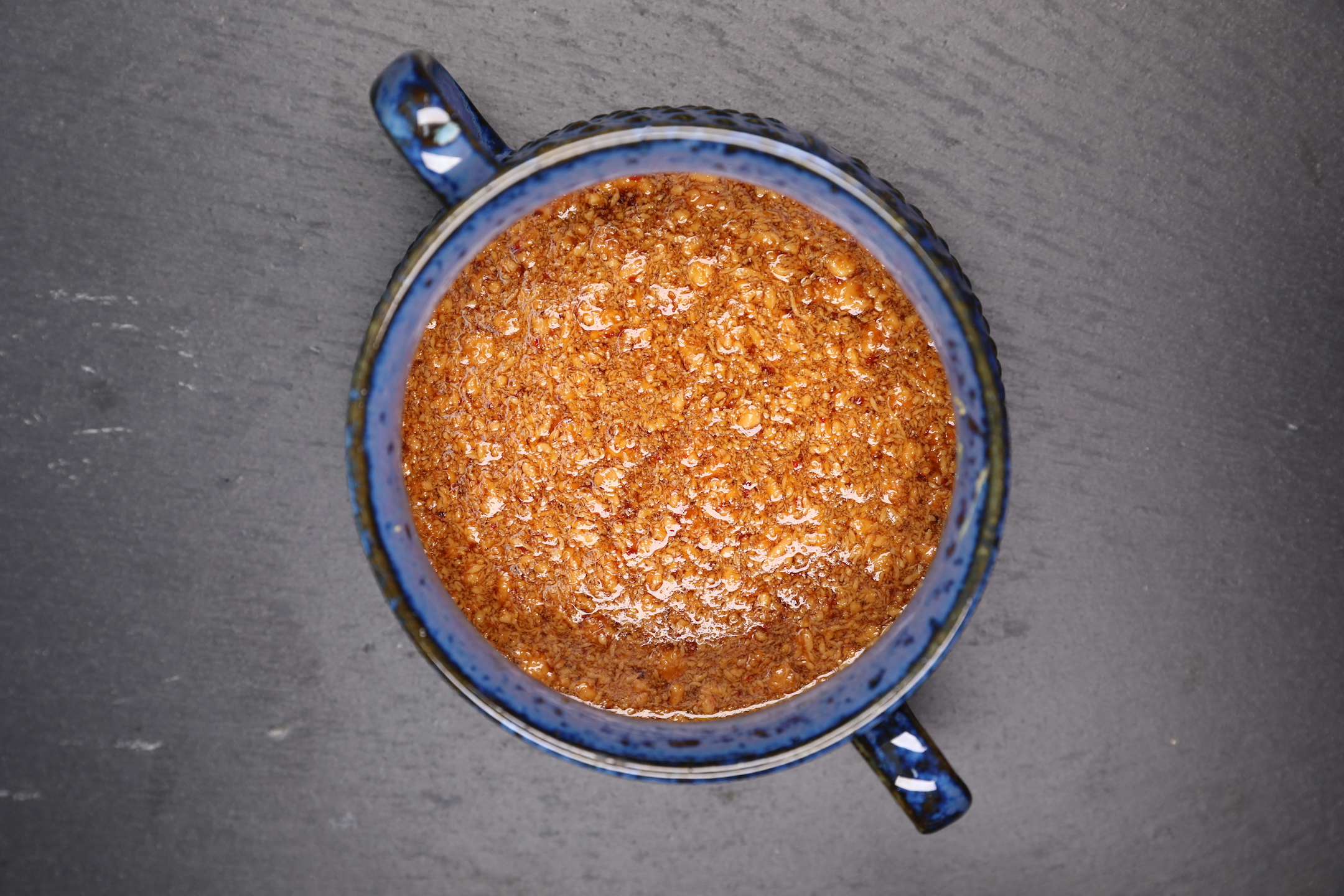Cozy Sweet Potato Peanut Stew with Spinach
/A simple, lightly-spiced peanut stew with sweet potatoes, carrots, and spinach. Peanut butter is the magic ingredient which thickens the stew and gives a wonderful savory flavor and rich creamy texture.
This creamy peanut stew has been featured on my blog before, almost two years ago now, but since then I’ve made it over and over again. Since it has become one of my favorite stew recipes, I decided to dig it out from the dark depths of my oldest blog posts.
There's something really comforting about including peanut butter in a savory recipe. It makes this vegetable-packed soup, actually very filling and satisfying. The savory flavor of the peanut butter goes perfectly with the subtly sweet carrots and sweet potatoes, and tender baby spinach leaves add a splash of color.
I love white sweet potatoes in this recipe, but orange sweet potatoes will also work quite well.
Sometimes, I like to serve this stew over a bowl of cooked whole grains. I've also served this stew on it's own, and it stands well as its own dish too!
For this recipe, I like to have the main ingredients chopped and measured before starting. Once everything is chopped, you're only about 30 minutes away from a finished meal.
This recipe keeps really well in the fridge for up to 5 days, so double the ingredients if you want to enjoy it all week!
Check out the video below to see it all come together!























































































